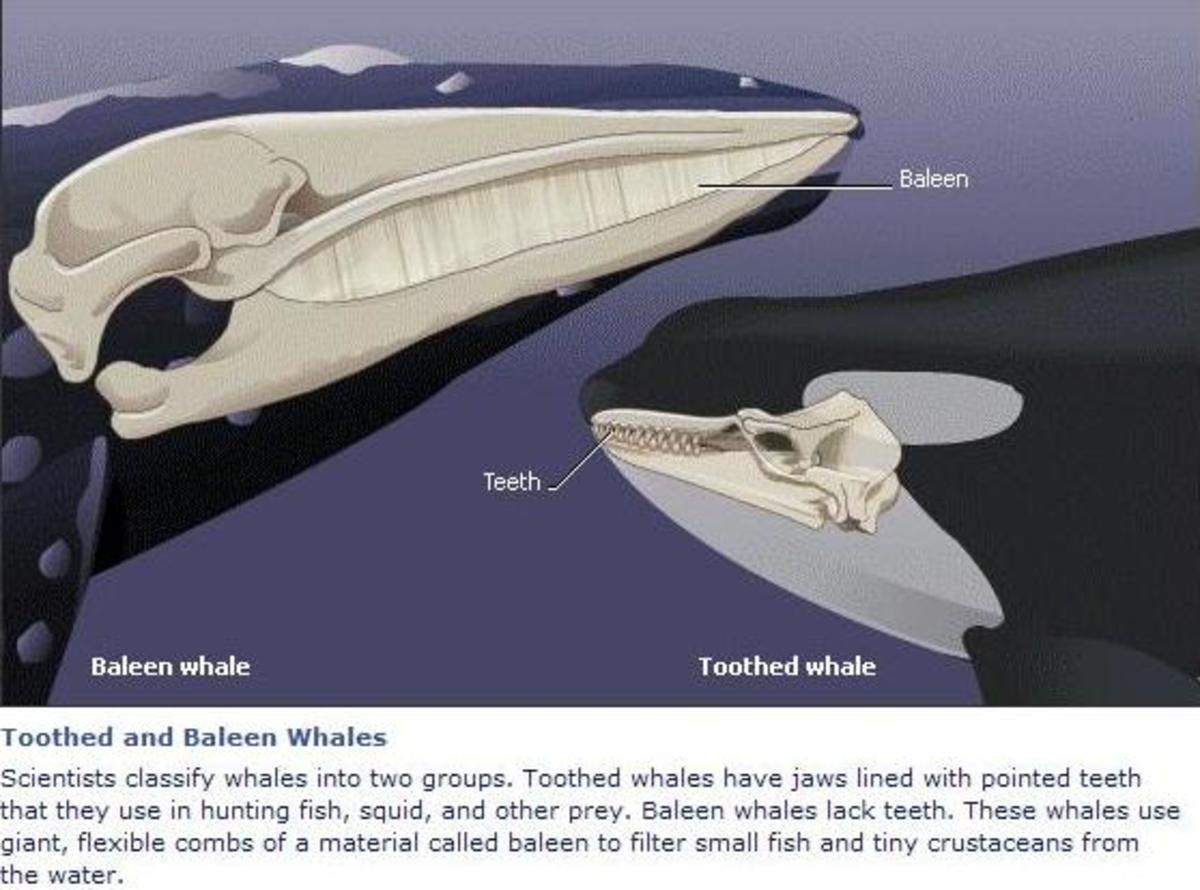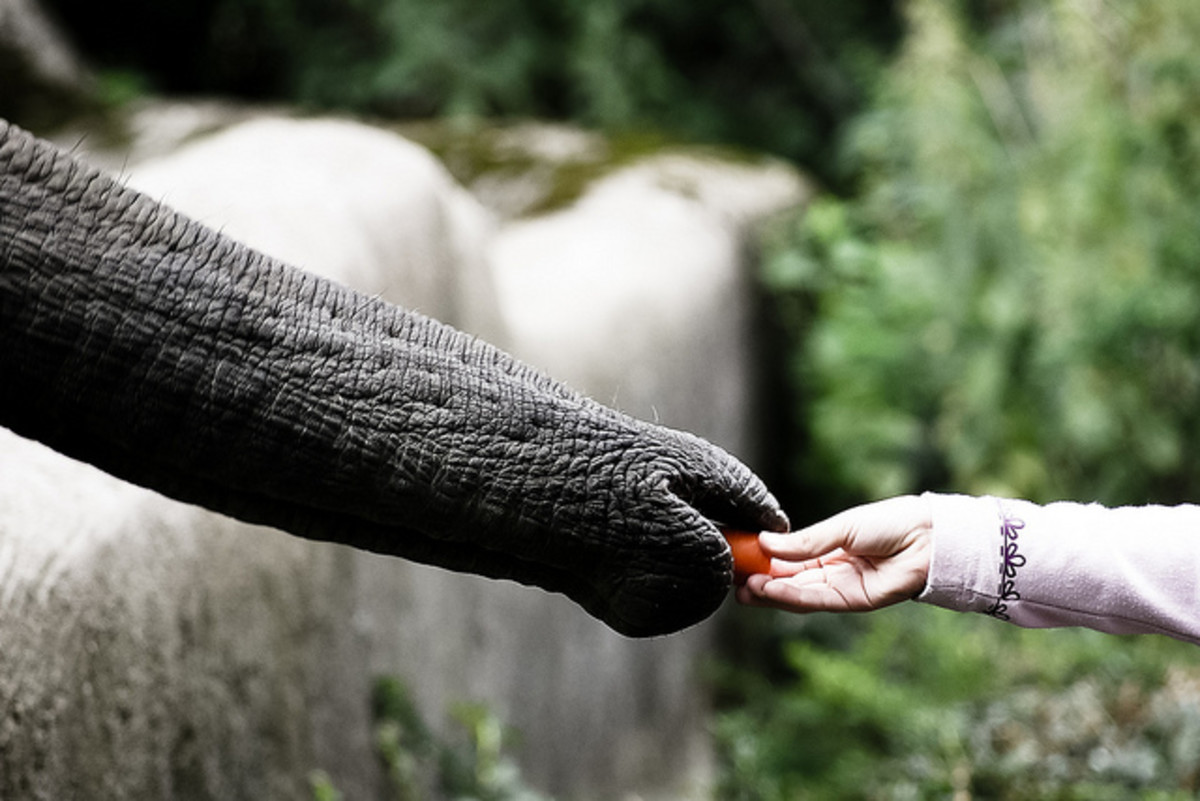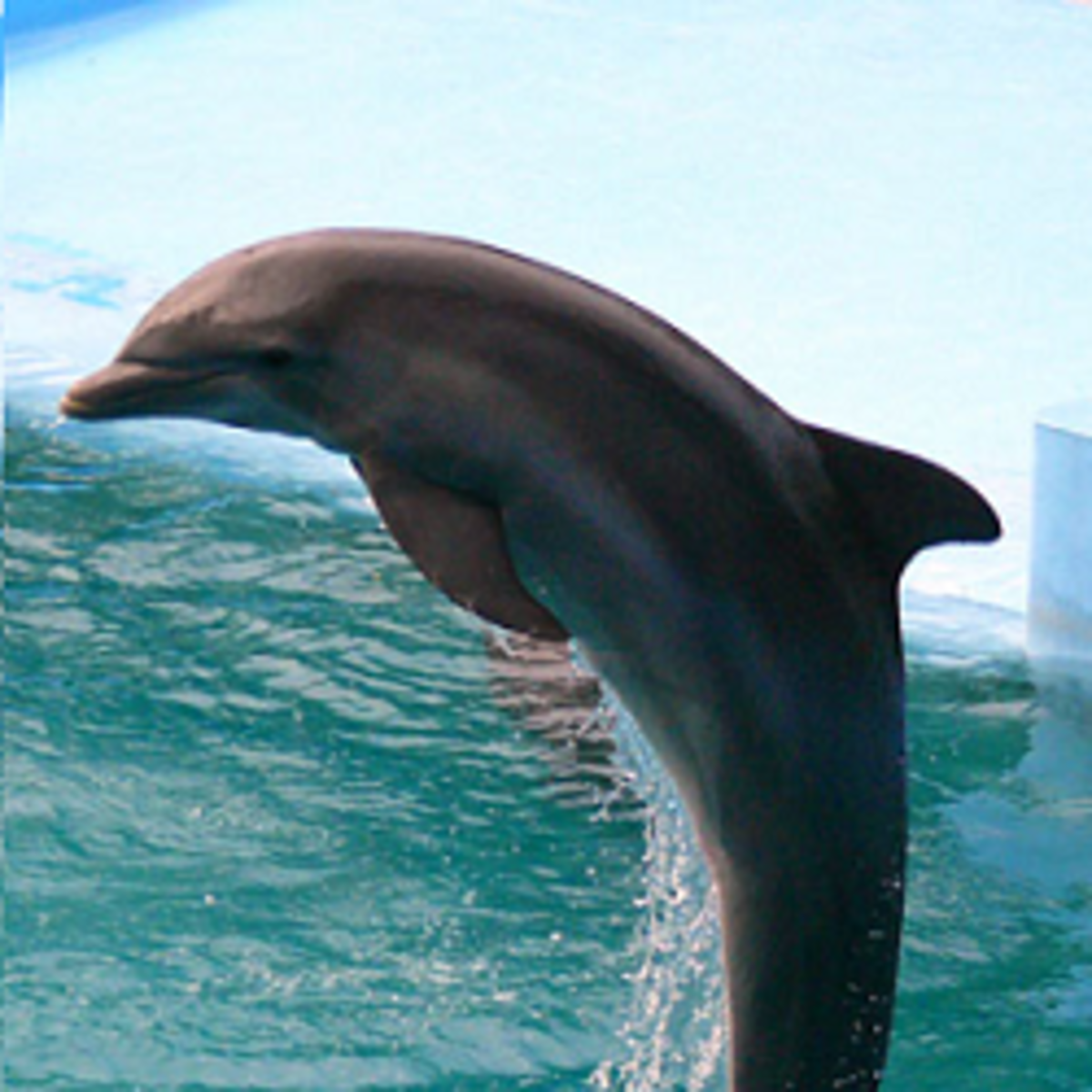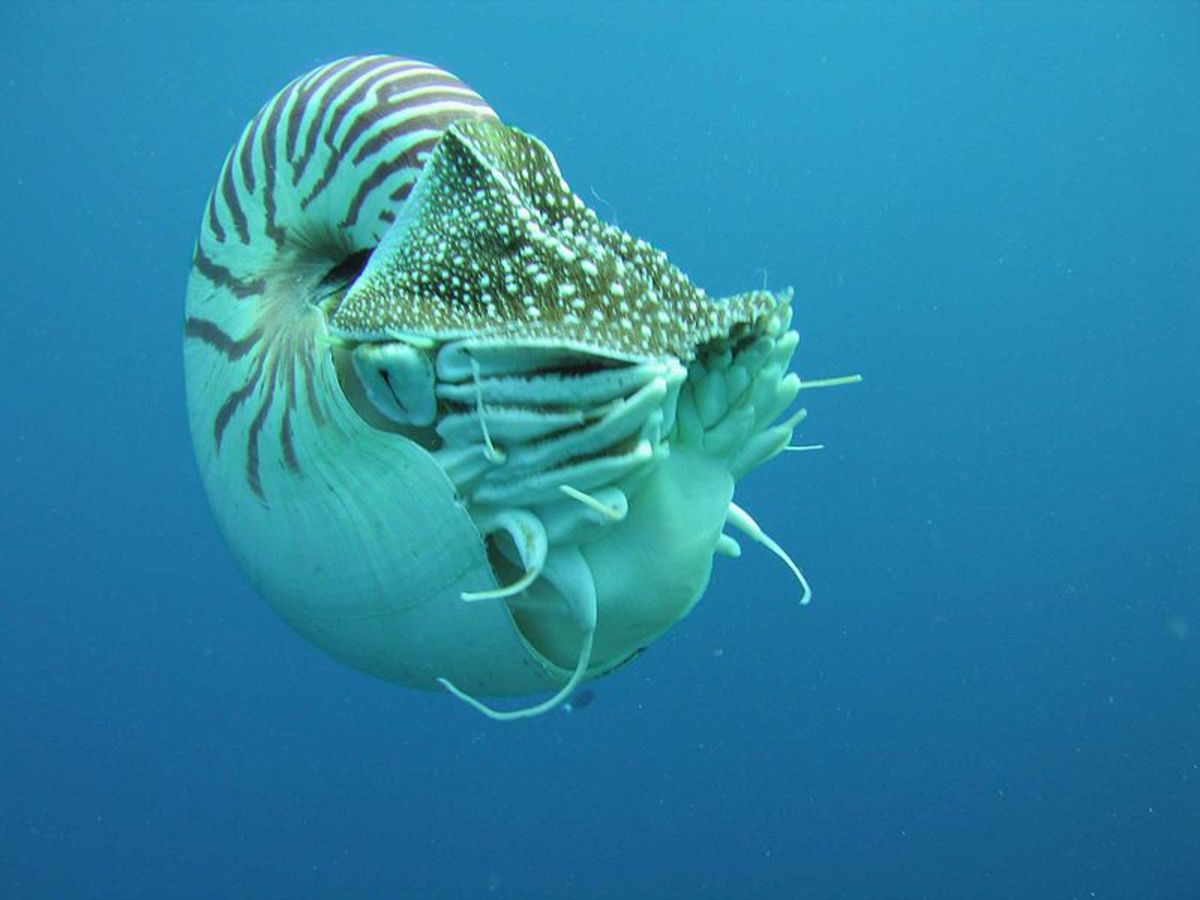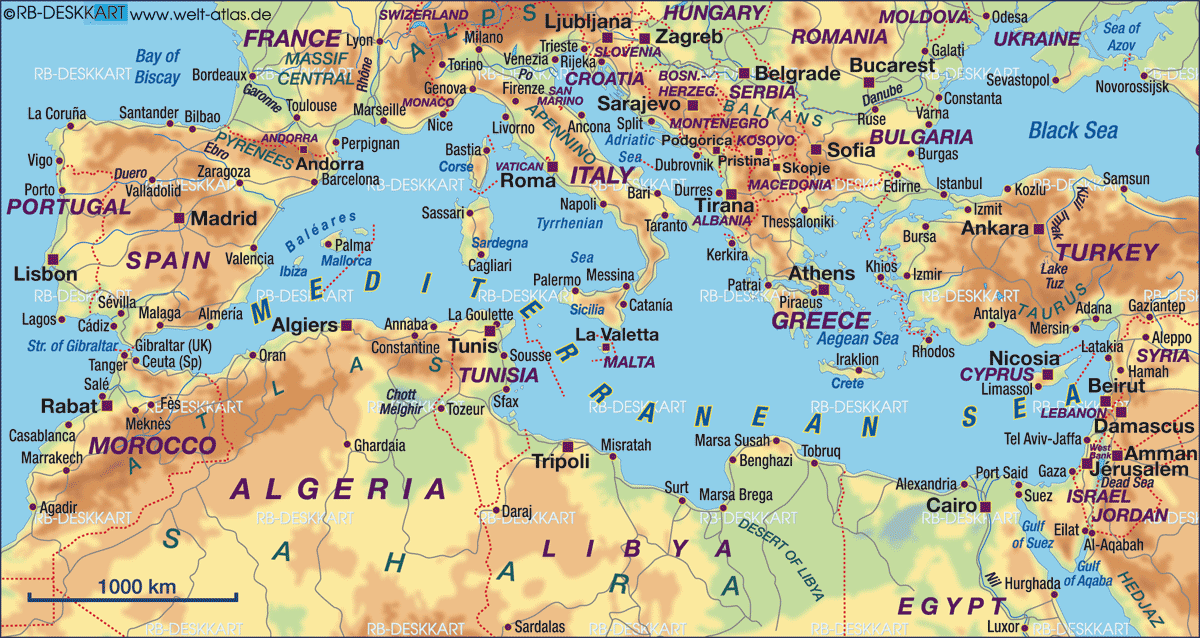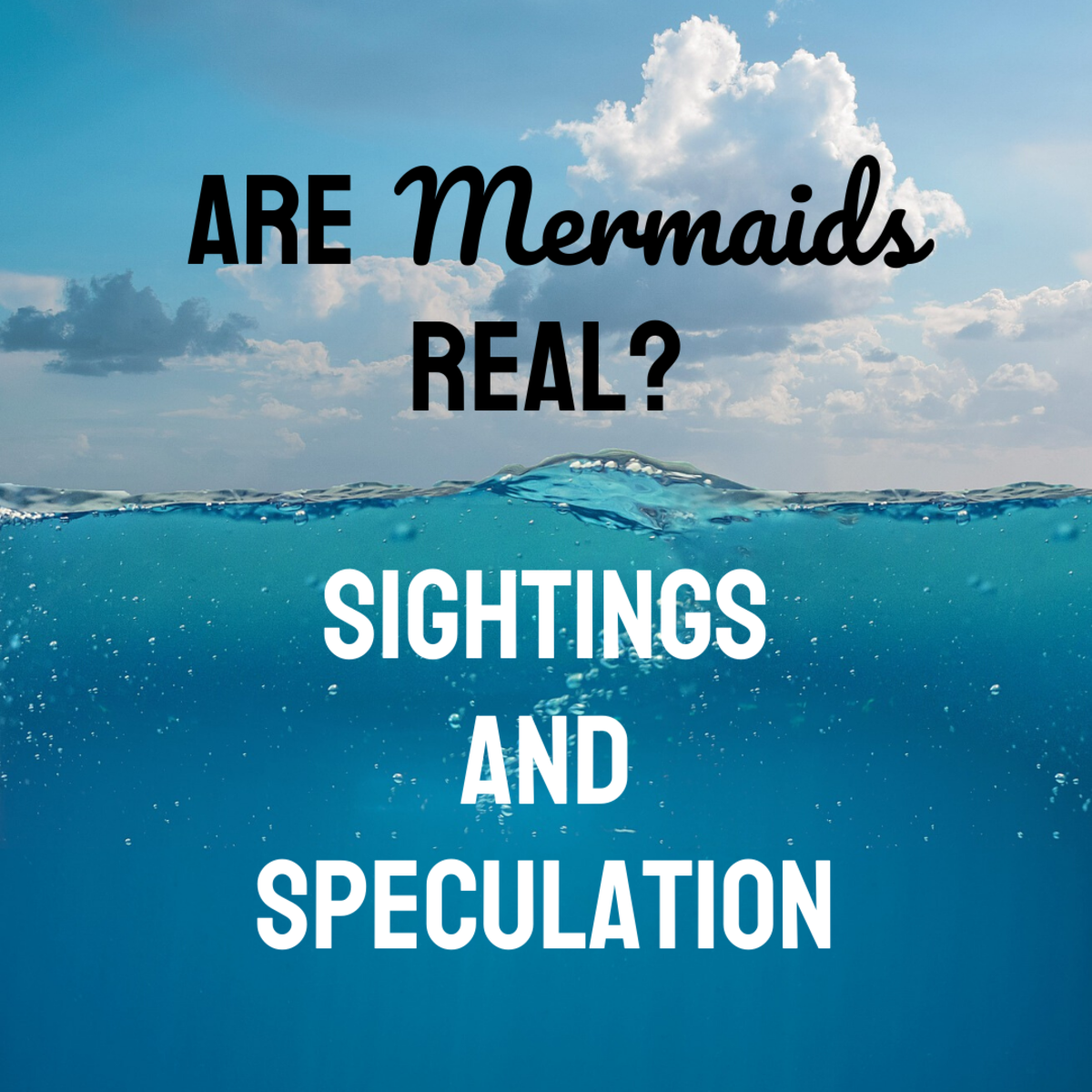- HubPages»
- Education and Science»
- Life Sciences»
- Marine Biology»
- Marine Life
All Your Dolphin Questions Answered: Facts, Myths and Pictures
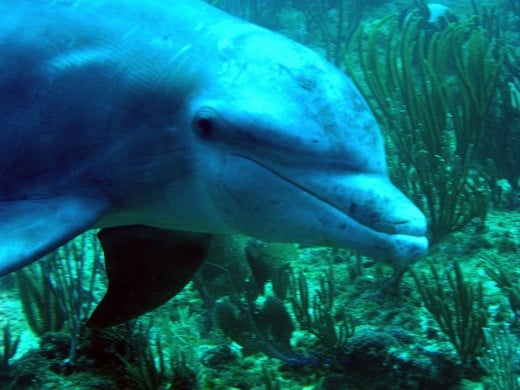
Are Dolphins Really Smart?
Duh!
Bottlenose dolphins have some of the largest brains in the animal world (proportion-wise only humans have larger brains). Talking about size matters! But that's not the only indicator of the species intelligence.
- Dolphins have self-awareness, evidenced by their ability to recognize themselves in a mirror.
- Because they can process acoustic and visual information at the same time, they can even watch television!
- Dolphins show creativity, which is another indicator of intelligence. They swim with sea sponges to protect their snouts when foraging on the seafloor.
- They can also choose an "I don't know" option when presented with a difficult question, which shows metacognition - a complex thought process typical of higher consciousness.
Another major intelligence indicator is language. Dolphins are able to communicate with each other using a complex combination of squeaks, whistles and clicks. These sounds are not random or primitive as it was previously believed.
What sort of thing would a dolphin say? Denise Herzing, who studies dolphins in the Bahamas, gives an example:
"I speculate that they say things like 'there are some good fish over here,' or 'watch out for that shark because he's hunting.'"
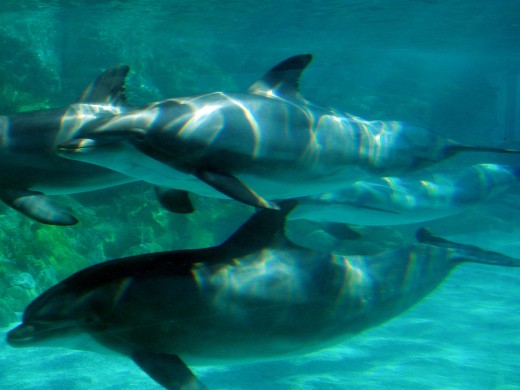
Do Dolphins Have Sex for Pleasure?
Dolphins are extremely sociable animals. A loner dolphin is rare; most dolphins swim in pods (social clan type of thing), groups, pairs, and they hunt together, too.
Their sociability also impacts their reproductive behavior. Strictly speaking, it's not necessarily reproductive - they have sex for pleasure, to form bonds, and sometimes even to intimidate.
- Dolphins are what we would call "promiscuous" in that they try to have sex with as many dolphins as possible. Females - to ensure the best offspring, males - well, boys will be boys. They also have sex with both males and females.
A mother dolphin (female dolphins are called cows) stays with her baby (calf) the first 2-3 years, until he learns to eat, hunt and socialize with other members of the pod.
Do Dolphins Actually Help People and Other Animals?
We've established that dolphins are smart, sociable and playful, but there's so much more to these beautiful creatures.
- Many well-documented acts of altruism in the animal world are in fact committed by dolphins.
There's been numerous reports of dolphins saving other sick or injured dolphins by swimming under them for hours at a time to help them breathe. Dolphins help stranded whales and seals by leading them back to the ocean. And even more amazingly, dolphins have been known to save humans.
In 1996 in the Red Sea a swimmer was attacked by a Mako shark. Dolphins appeared alongside the rescue boat and raced towards the injured man, warding off the shark.
In California a surfer was suddenly attacked by a great white shark. A pod of bottlenose dolphins swam over and formed a protective ring around him, allowing him to get to safety.
In New Zealand a group of lifeguards was encircled by a pod of bottlenose dolphins. The animals were swimming around and under them and tail-slapping the water. The lifeguards were initially scared and puzzled by the dolphins' behavior, until one of them managed to break away, at which point he noticed a great white shark in the water. Once again, dolphins formed a protective circle around the people, putting themselves at risk.
What motivated those dolphins to come to people's rescue knowing they can become shark's bait themselves? Is this an example of 'reciprocal altruism' - you scratch my back, I scratch yours? Or is it 'kin altruism', which would imply that dolphins consider us their kin?

Dolphins Are People, Too
Some scientists propose that because of their unusually high intelligence dolphins should be considered "non-human persons" and treated accordingly, with the same principles of justice and morality we apply to human beings.
In 2010 the Declaration of Rights for Cetaceans was first proposed at the annual meeting of the American Association for the Advancement of Science (AAAS) - the world's biggest science conference. Scientists said that
"We went from seeing the dolphin/whale brain as being a giant amorphous blob that doesn't carry a lot of intelligence and complexity to not only being an enormous brain but an enormous brain with an enormous amount of complexity, and a complexity that rivals our own."
In 2013 India abolished the use of dolphins and other cetaceans in marine parks. In a policy statement the Indian government explained:
“Whereas cetaceans in general are highly intelligent and sensitive, and various scientists who have researched dolphin behavior have suggested that the unusually high intelligence; as compared to other animals means that dolphins should be seen as ‘non-human persons’ and as such should have their own specific rights and is morally unacceptable to keep them captive for entertainment purpose.”
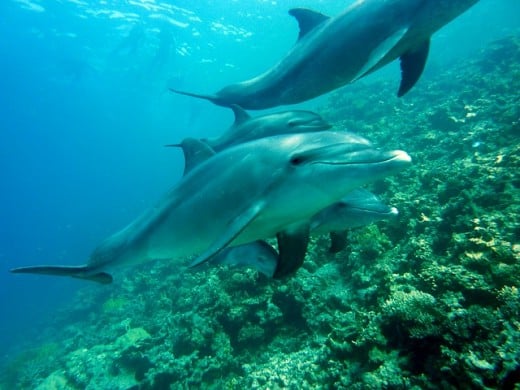
Cetacean Rights
If you support formally declaring cetaceans non-human persons with the right to life, liberty and well being, sign this Declaration of Rights for Cetaceans: Whales and Dolphins. Join a global call to stop killing and hurting them.
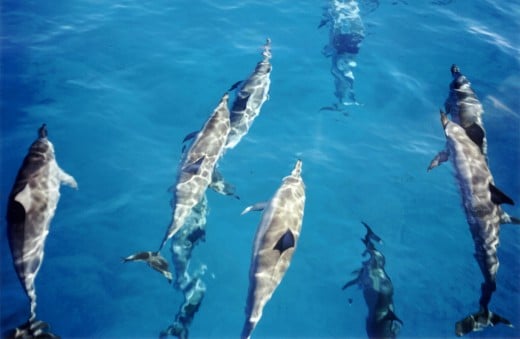
Did You Know? 5 Dolphin Facts
- There are 32 dolphin species. The orca, or killer whale, is actually the largest member of the dolphin family. They weigh up to 6 tons and prey on marine animals like seals, sea lions, and even whales!
- Most people know that dolphins are mammals (which means that they are warm-blooded, they breathe through the lungs, they give birth to their babies rather than lay eggs, and they feed their young with milk). But did you know that dolphins also have hair? They do! It's not much - a tiny patch on their chin, and it's only seen on newborn calves - but it's there! Soon after birth these hairs fall out.
- Ever wondered how do dolphins swim so fast? The answer is in the tail. A new study showed that a dolphin's tail essentially acts like wings, generating a powerful force that propels a dolphin through the water.
- Dolphin is the only mammal who's born tail first.
- Dolphins are "conscious breathers". That means that they have to be conscious of their breathing, otherwise they'll die. That's why when dolphins "sleep", only half of their brain shuts down. The other half monitors the breathing. This also means that dolphins cannot be given anesthetics because they can't breathe in an unconscious state.
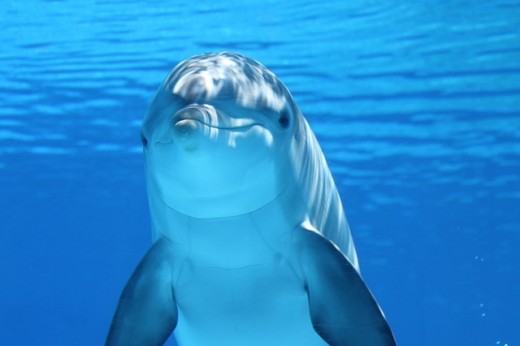
Anyone who Supports Cetacean Rights Has to Read This Book
© 2014 Lana Adler



